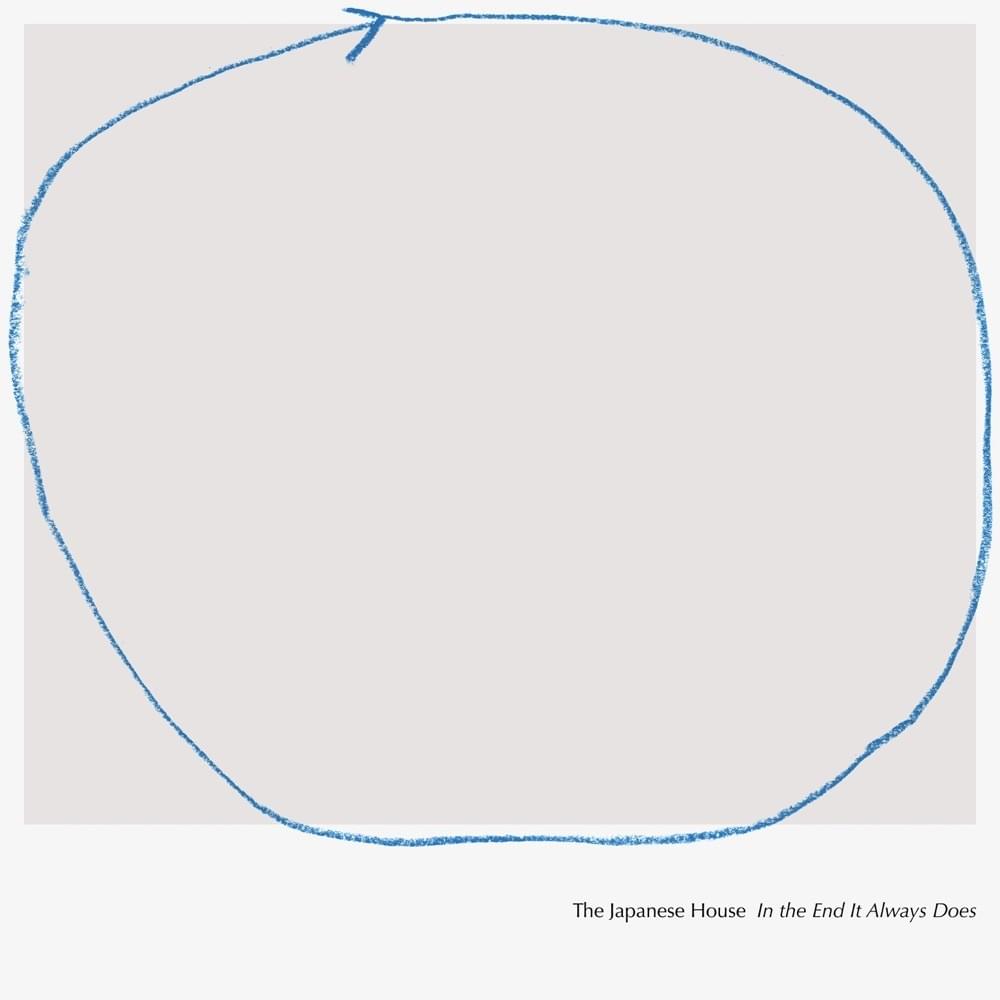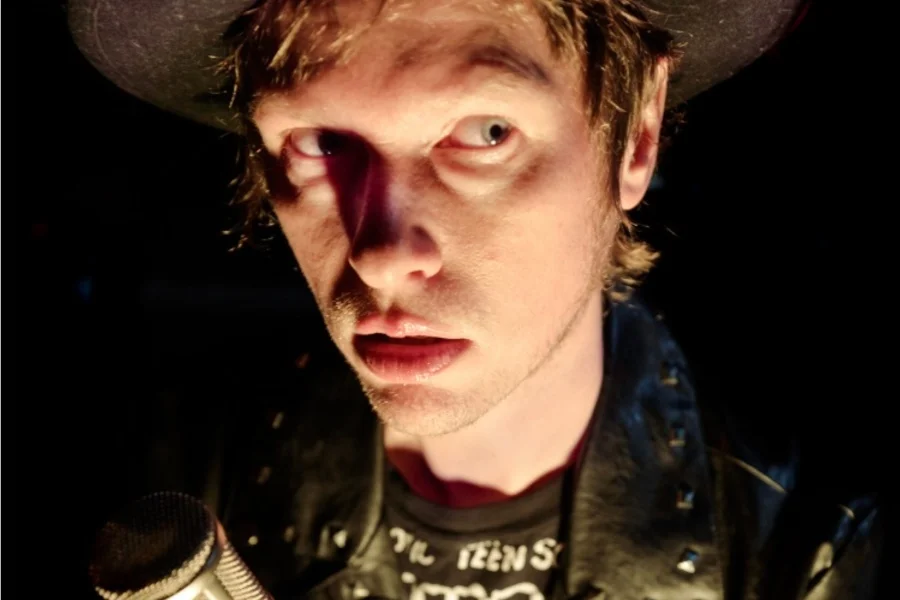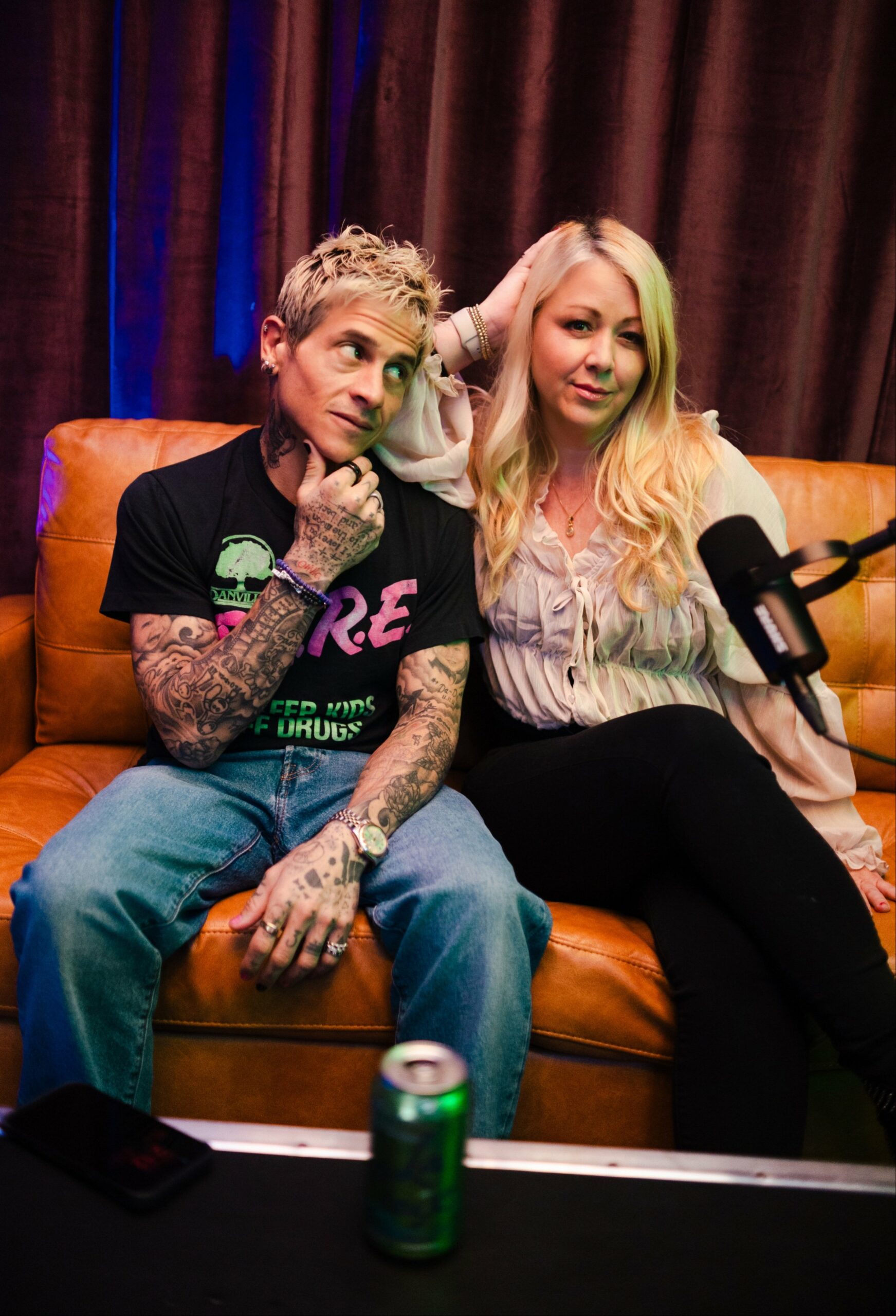With the music industry looking to cut costs amid lower profit margins, record companies see fewer incentives to investing in artist-run label projects.
Twelve years ago, Madonna decided to apply the business instincts that made her a superstar toward finding and developing new acts for her own music label. Maverick Records flourished early on. It generated hits by the likes of Alanis Morissette and Prodigy, validating the decision by Warner Music to form a partnership with its biggest star.
But Maverick’s good fortunes started to turn during the industrywide sales slump that began in 2000. The label-parent relationship soured, landing record company and artist in a nasty legal dispute that was settled June 14, with Warner buying out Madonna.
The episode reflects the sometimes tenuous and often financially risky nature of artist-run music labels.
“Back in the day, when the industry was a lot healthier, it was, ‘OK, here’s $2-$3 million. Go start your label, and let us know when you’re ready to start your first act,'” said Universal Records president Monte Lipman. “Those days are absolutely over.”
Over the years, the music industry has seen many artist-run projects, but few have achieved lasting success. Some are seen as merely vanity-driven ventures or tools for record companies to curry favor with their big-name acts.
“Most artists, once they’re successful, are given some sort of a production or vanity label deal,” said Justin Goldberg, who was director of talent acquisition at Sony Music in the 1990s. “It’s mostly akin to giving them another advance, and it’s just part and parcel to the whole process of keeping artists happy.”
Joint venture deals, like the one Madonna struck with Warner in 1992, are generally the riskiest label deal for a record company. The company typically fronts all the money to keep the label in business while the artist handles the job of signing and developing new acts. Profits, if any, are usually split evenly.
“People are pretty leery of getting into joint ventures,” said Chris Castle, who worked for several years as a vice president of business affairs for A&M Records and later, Sony Music.
More common are production deals, in which the artist is in charge of recruiting talent. The record company pays for recording, marketing and distribution, then pockets all profits and gives the artist a cut of royalties.
Some artists also opt for straight distribution deals, where they pay all the recording and marketing costs, but keep most of the profits. The record company takes a smaller cut and is in charge of placing the music in stores.
Over the years, several artists have dabbled with their own label deals, some enduring longer than others.
Mariah Carey’s Crave label, which she launched with Sony Music Independent Labels in 1997, closed its doors in less than a year. Grand Royal, a joint venture between the Beastie Boys and Capitol Records, tasted success shortly after launching in 1993, but dissolved in 2001 because of debt and lackluster sales.
Other artists, such as Eminem and Limp Bizkit frontman Fred Durst, have managed to thrive despite the industry’s sales slump. Durst signed rockers Puddle of Mudd and Staind to his Flawless label. Eminem’s label, Shady Records, a joint venture with Universal Music Group’s Interscope, scored a huge hit with New York rapper 50 Cent.
“Eminem would be a perfect example of something going right,” Goldberg said.
While some artists have proven their ability to find new acts, record companies today are more likely to seek a deal with a producer or an independent label with a proven record, Lipman said.
In an industry where more than 90 percent of artists fail, the chances are slim an artist-label venture will turn a profit. Artists also are sometimes to blame. Often, they are overwhelmed by the business aspects of the music industry or are forced to disengage from their label to cope with the demands of their careers.
“They become disillusioned with what it takes to break a new artist and how long it takes to recoup that money,” said Jay Cooper, West Coast entertainment chair for the Greenberg Traurig law firm.
Corporate belt-tightening also squeezes resources, leading to friction between the parent company and the artist.
“They rely on the distributing label for some of their services, and of course the distributing label has its own records to sell, and there lies the rub,” Castle said. “There may be less incentive for the record company as well as the staff to promote the vanity label.”
Maverick alleged in its lawsuit that its parent failed to fund the label’s operating expenses and deliberately cheated it out of its share of profits. In its lawsuit, Warner Music accused Madonna and her partners of racking up $66 million in losses since 1999.
Between 1992 and 1999, Maverick managed to put together a string of successful acts, placing Madonna and her two business partners, Guy Oseary and Ronnie Dashev, in a strong position to renegotiate their initial seven-year deal with Warner.
But by 2001, Maverick was struggling. Management engineered a shakeup that resulted in the ouster of six top executives, including the label’s president.
Under the terms of the settlement, Maverick will live on under Oseary but without its superstar founder or Dashev, who also was bought out.
“The thing about Maverick is that Maverick actually was a real record company,” Castle said. “I think it’s gotten kind of tarnished in the process.”





























